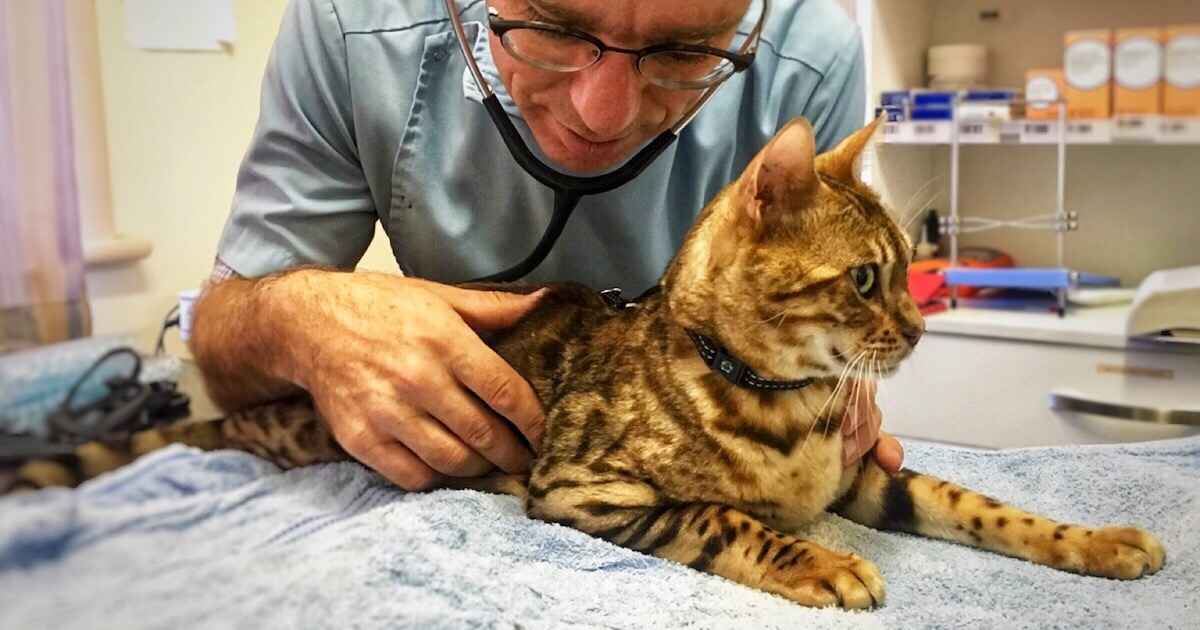Updated November 23, 2021
In 2020, the American Animal Poison Control Center (APCC) published its data on poisonings in cats. It’s the best information we have on household dangers to our feline friends.
From a cat-owner’s perspective, it contain two important lists: the top 5 reported poisonings and the top 20 fatalities. As you’ll see, these are quite different.
The Top 5 Poisons Of Cats
- Lilies, typically as cut flowers in vases
- Spot-on permethrin flea treatments made for dogs
- Glow sticks or jewellery (ie, dibutyl phthalate)
- Ibuprofen (Nurofen®, Advil® etc)
- Dracaena plants (Lucky Bamboo most commonly)
These are good to know, and easy to prevent.
Serious as they are, only Dracaena appears in the next list. You’ll see it’s mentioned as well in my guide to safe plants for a cat garden.
The Top 20 Most Fatal Cat Poisons
The APCC have also listed their known fatalities in order of the percent of reported cats that died. I’ve linked each poison to its relevant Wikipedia page if you want to read more. See my comments afterwards.
| Fatal Poisons Of Cats | % Fatal | What is it? |
| Bifenthrin | 67 | Insecticide mostly for termites & ants |
| Borax | 60 | Insecticide mostly in ant baits |
| Metronidazole* | 60 | Antibiotic used in cats |
| Nitrogen | 55 | Possibly nitrogenous fertliiser |
| Bromethalin | 55 | Rat poison (not Australia) |
| Methimazole* | 50 | Cat medication |
| Minoxidil | 47 | Human medication |
| DEET | 46 | Insect repellent |
| Ethylene glycol | 45 | Engine coolant antifreeze |
| S-methoprene | 41 | Cat flea treatment |
| Sulfurated lime solution | 40 | Old mite & ringworm treatment |
| Selamectin* | 39 | Cat medication |
| Dracaena spp | 35 | ‘Lucky bamboo’ & others |
| Meloxicam* | 35 | Cat & human medication |
| Pyrethrin (nonspecific) | 30 | Generally dog flea products |
| Acetaminophen | 28 | ‘Paracetamol’ in Australia |
| Multivitamin* | 27 | Cat & human medication |
| Enrofloxacin* | 26 | Cat medication |
| Tramadol hydrochloride* | 25 | Cat & human medication |
| Mirtazapine* | 24 | Cat & human medication |
Key Findings
This list helps us understand which are the toxins of greatest importance. It even highlights two that haven’t been on our radar before. These are:
- Bifenthrin: used in Australia as a long-acting residual chemical to control outdoor pests. Cats are probably being poisoned when it gets on their bodies and they lick it off.
- Minoxidil: a liquid medicine for human male-pattern hair loss sold as Regaine®. Read more about minoxidil plus Voltaren and hair dyes here– two more very serious potential poisons.
The others are less surprising, and mostly self-explanatory. But we haven’t finished yet…
Problems With The List
The APCC works by taking reports directly from the public. Therefore, while it gives us a unique insight directly into US homes, it is also badly affected by misreporting and misattribution.
All the drugs marked with an asterisk (*) are commonly used medications of cats. In every case it’s almost impossible that they have the fatality rates described. Some of them are being used in sick or dying cats, leading owners to blame them, not the underlying disease. Others are just so commonly used that many cats will die while taking them.
Similarly, borax is a poison generally considered to be of low toxicity. I too get many enquiries about it (Ant Rid®), but it seems mostly harmless to pets.
Therefore, here is a revised list of cat toxins, in order of toxicity.
The Top 10 USA Cat Poisons
| Rank | Fatal Poisons Of Cats |
| 1 | Bifenthrin |
| 2 | Nitrogen |
| 3 | Bromethalin |
| 4 | Minoxidil |
| 5 | DEET |
| 6 | Ethylene glycol |
| 7 | Sulfurated lime solution |
| 8 | Dracaena spp |
| 9 | Pyrethrin (nonspecific) |
| 10 | Acetaminophen/paracetamol |
In closing, let me say that I wrestled with whether to publish this list in light of the recent spate of baitings in Adelaide parks. However, if you look at the sorts of toxicities these are, they aren’t deliberate. They’re caused by accidental access to household poisons.
Only by knowing them can we prevent them effectively.
Swirski, A. L., Pearl, D. L., Berke, O., & O’Sullivan, T. L. (2020). Companion animal exposures to potentially poisonous substances reported to a national poison control center in the United States in 2005 through 2014. Journal of the American Veterinary Medical Association, 257(5), 517-530
Have something to add? Comments (if open) will appear within 24 hours.
By Andrew Spanner BVSc(Hons) MVetStud, a vet in Adelaide, Australia. Meet his team here.


Lilies we have in abundance outside and inside when in season (Ohio). We also have four cats (one, a kitten, who goes after ALL plants). So far, not lilies because they are not in season. I’m glad to know, she is an indoor cat and I’ll be very careful with her. I do have a peace lily in the house and I think she has been nibbling the leaves, it will be moved asap.
We have changed our flea treatments from Advocate to Revolution and NEXgard so they won’t be any future mix-ups with the cat and dog treatments.